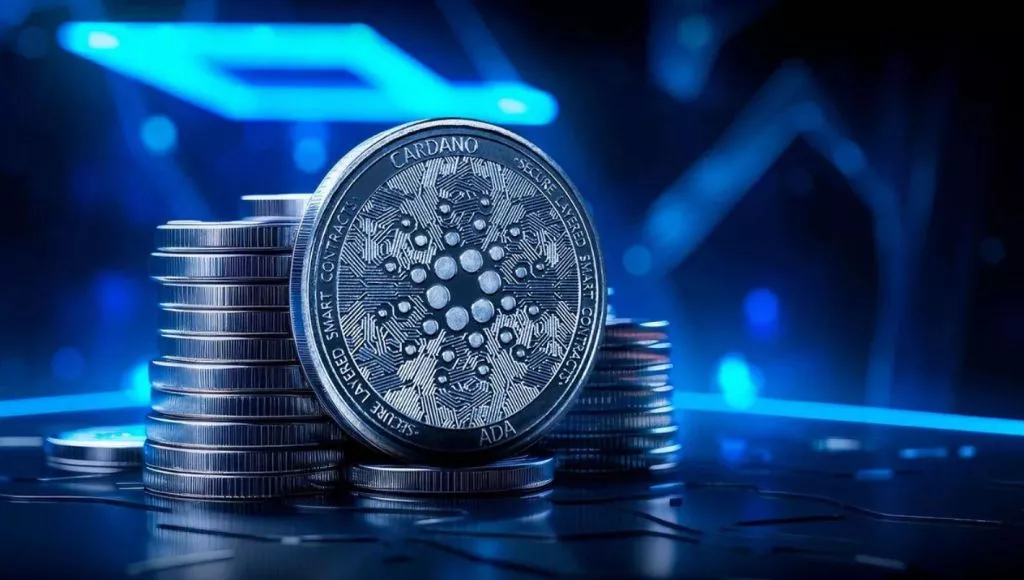|
Getting your Trinity Audio player ready...
|
The recent integration of Cardano (ADA) with the Bitcoin (BTC) network has ignited both excitement and controversy. Powered by the Bitcoin OS bridge, this update is stirring the crypto community as it suggests that Cardano might act as an extension of Bitcoin—a vision that some interpret as an evolving partnership, while others view it as a potential compromise of Cardano’s unique identity.
Cardano As Bitcoin’s Extension? The BOS Grail Bridge Controversy
At the heart of this update is the BOS Grail Bridge, the mechanism connecting Bitcoin and Cardano. By linking to this bridge, Bitcoin OS claims that Cardano can effectively function as a BTC Layer-2 (L2) solution, allowing Cardano to leverage Bitcoin’s massive $1.3 trillion liquidity and robust security. This assertion, “Cardano can soon be called a proper extension of Bitcoin,” is stirring discussions, especially given Cardano founder Charles Hoskinson’s historical criticism of Bitcoin’s future.
The BOS Grail Bridge is designed to facilitate seamless, trustless interoperability between Bitcoin and Cardano without compromising their Layer-1 identities. By allowing ADA to access Bitcoin’s liquidity and network security, advocates argue that this setup could strengthen Cardano’s ecosystem, particularly in smart contract functionality, where Bitcoin traditionally lags.
Hoskinson’s Mixed Messages on Bitcoin’s Future
One of the most striking aspects of this integration is how it contrasts with Hoskinson’s previous statements on Bitcoin. In September, Hoskinson notably questioned Bitcoin’s relevance, describing it as “a religion, not an ecosystem,” casting doubt on Bitcoin’s sustainability. This skeptical stance makes Cardano’s new connection with Bitcoin appear contradictory to some community members, sparking debates on whether the move signals a change in Hoskinson’s outlook.
Some crypto community members speculate that the integration is a strategic pivot. As one user pointed out, “The founder of Cardano @IOHK_Charles just reversed his stance on Bitcoin and announced that Cardano L1 is pivoting to become a Bitcoin L2.” However, this interpretation may not be entirely accurate.
Clearing Up the Layer-2 Misunderstanding
IOHK’s CTO, Romain Pellerin, stepped in to address the confusion surrounding the bridge. According to Pellerin, the Grail Bridge doesn’t convert Cardano from a Layer-1 blockchain to a Bitcoin Layer-2. Instead, it represents a “UTXO-enabled interoperability” between the two Layer-1 chains, allowing Bitcoin’s decentralized network to benefit from Cardano’s smart contract capabilities. In other words, this is a trustless, interoperable bridge rather than a reclassification of Cardano as a subordinate to Bitcoin.
Despite these reassurances, many users remain skeptical. Sentiment analysis indicates a notable decline in community enthusiasm, suggesting that some Cardano supporters are wary of the implications. Austin Federa of the Solana Foundation added to the criticism, remarking, “Just when I thought Cardano could not get any slower.”
While Bitcoin OS maintains that this integration could provide long-term benefits for Cardano (ADA) by 2025, ADA’s price remains under pressure. At $0.36, ADA is below a critical long-term trendline resistance, underscoring market caution amid mixed reactions to this integration.
Also Read: Charles Hoskinson Envisions Cardano Running A Nation-State For 10M+ People By 2030
The Cardano-Bitcoin bridge has undeniably added a new layer to the ongoing narrative around Cardano’s trajectory and Hoskinson’s outlook on Bitcoin. The bridge’s impact on Cardano’s growth remains uncertain, but as the crypto ecosystem continues to evolve, this integration may yet play a pivotal role in reshaping cross-chain operability.
In the end, the Cardano-Bitcoin bridge might be more about technological synergy than ideological alignment. However, only time will reveal whether this partnership will solidify Cardano’s unique position in the blockchain ecosystem or dilute its identity within Bitcoin’s vast shadow.
Disclaimer: The information in this article is for general purposes only and does not constitute financial advice. The author’s views are personal and may not reflect the views of Chain Affairs. Before making any investment decisions, you should always conduct your own research. Chain Affairs is not responsible for any financial losses.




